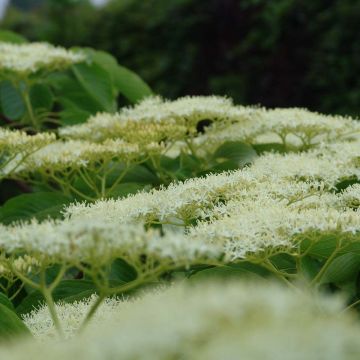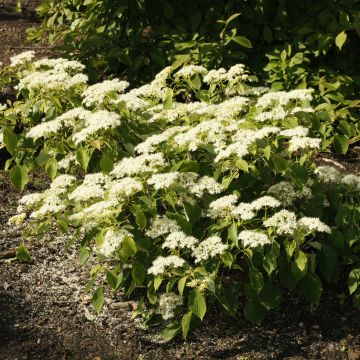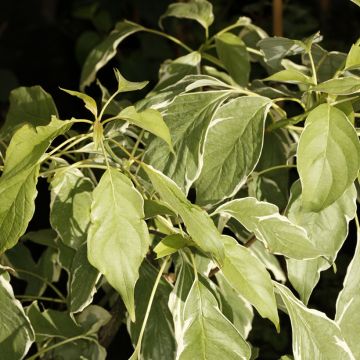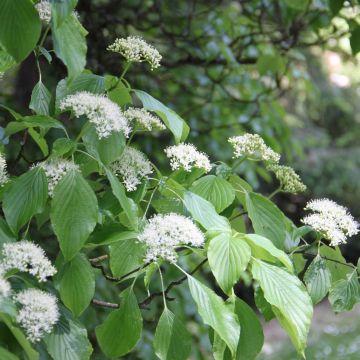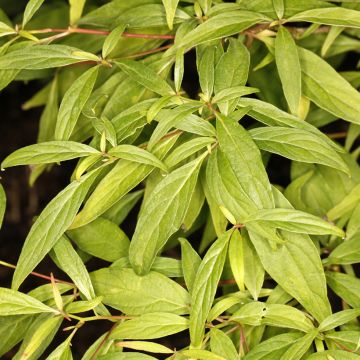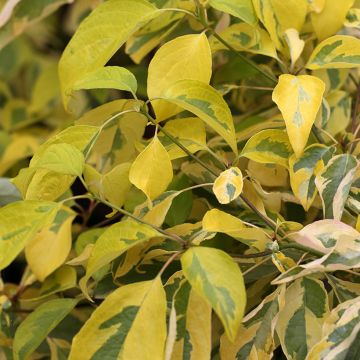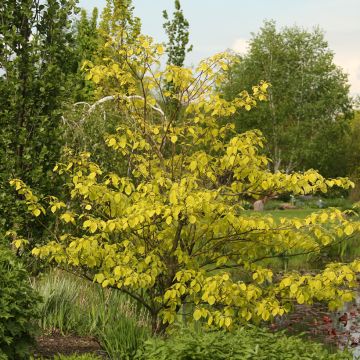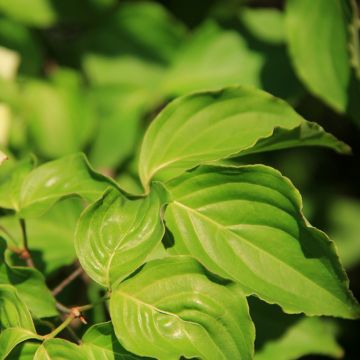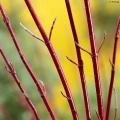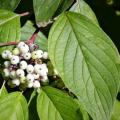Pagoda Dogwood - Cornus alternifolia
Does this plant fit my garden? Set up your Plantfit profile →
Available in 3 sizes
Available in 1 sizes
Available in 3 sizes
Available in 4 sizes
Available in 4 sizes
Available in 1 sizes
Available in 1 sizes
Available in 1 sizes
Available in 1 sizes
Available in 1 sizes
Available in 4 sizes
Available in 1 sizes
Available in 1 sizes
Available in 1 sizes
Available in 1 sizes
Our range of Pagoda Dogwoods. Cornus controversa and Cornus alternifolia are elegant small trees with an architectural habit that stand out in the garden. Cornus controversa, also known as the Giant Dogwood or Pagoda Dogwood, is recognisable by its horizontally layered branches, reminiscent of Asian pagodas. Its spring flowering, with small white flowers in umbels, is followed by black berries that attract birds. More compact Cornus alternifolia, offers a similar structure with white flowers in corymbs in spring and blue-black berries in summer.
Cornus controversa 'Variegata' is particularly appreciated for its variegated cream-white foliage that brings light to shaded areas of the garden. 'Pagoda' has a more pronounced layered habit than the species and exceptional architectural qualities, even more so under its sumptuous autumn foliage.
Cornus alternifolia 'Argentea' also has beautiful variegated foliage and a graceful form, ideal for small gardens.
These Pagoda Dogwoods prefer fertile, humus-bearing, well-drained soil, and a partially shaded to sunny exposure. To maintain their beautiful structure, prune lightly after flowering and remove dead or diseased branches. Be careful of excess moisture, especially in winter, which can hinder their development.
Haven't found what you were looking for?





































